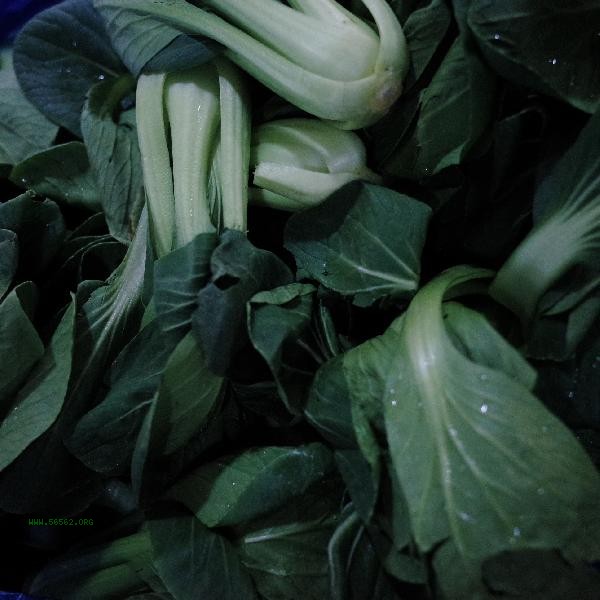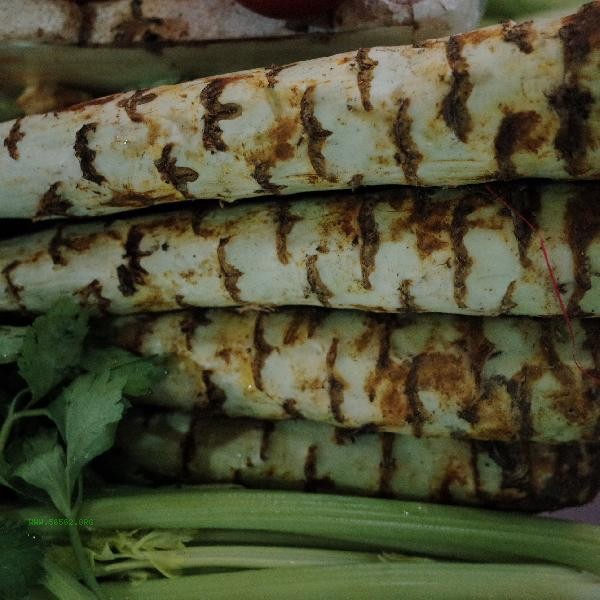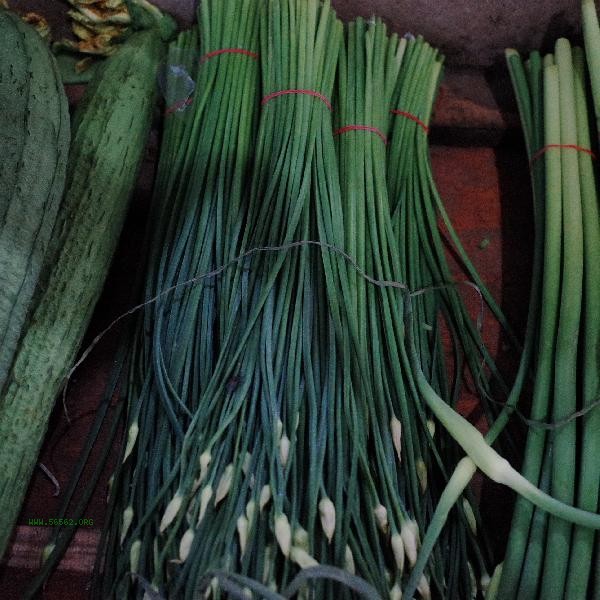Blanching small vegetables usually takes 30 seconds to 1 minute to fully ripen. The blanching time is mainly affected by factors such as the thickness of the vegetable leaves, the size of the heat, the amount of water, whether salt is added, and whether it is cut into sections. Short blanching time may lead to residual astringency in the stems, but exceeding 1 minute can cause the leaves to become soft and rotten, and nutrients to be lost. Fresh and tender leafy bok choy can be removed by rolling it in boiling water for 30 seconds. At this time, the leaves are bright green in color and have a crispy and tender taste. If the stem is too thick or boiled whole, it can be extended to 1 minute. If the stem can be easily penetrated by lightly poking it with chopsticks, it means it is cooked.

Some special varieties, such as Shanghai Qing, require longer processing time for their thick stem parts. It is recommended to separate the processing of vegetable leaves and stems. The stems can be blanched for 20 seconds before adding the leaves, and the overall time should be controlled within 1.5 minutes. Due to changes in cell structure, the blanching time of frozen bok choy should be shortened to about 20 seconds to avoid a texture that is too soft and rotten.

When blanching, it is recommended to use a wide mouthed deep pot to keep the water boiling continuously, and the amount of water should completely cover the vegetables. Adding a small amount of salt or cooking oil to water can help maintain the green color of vegetables. After blanching, immediately supercooling can lock in nutrients, suitable for cold mixing or quick stir frying over high heat. People with gastrointestinal sensitivity can extend the blanching time to 2 minutes to make the vegetables softer, more tender, and easier to digest.









Comments (0)
Leave a Comment
No comments yet
Be the first to share your thoughts!